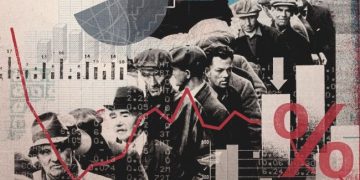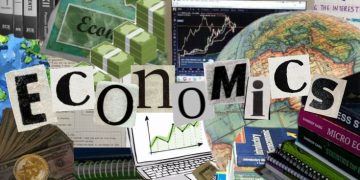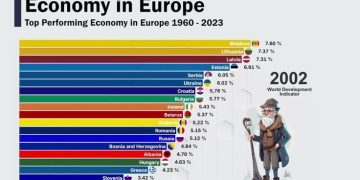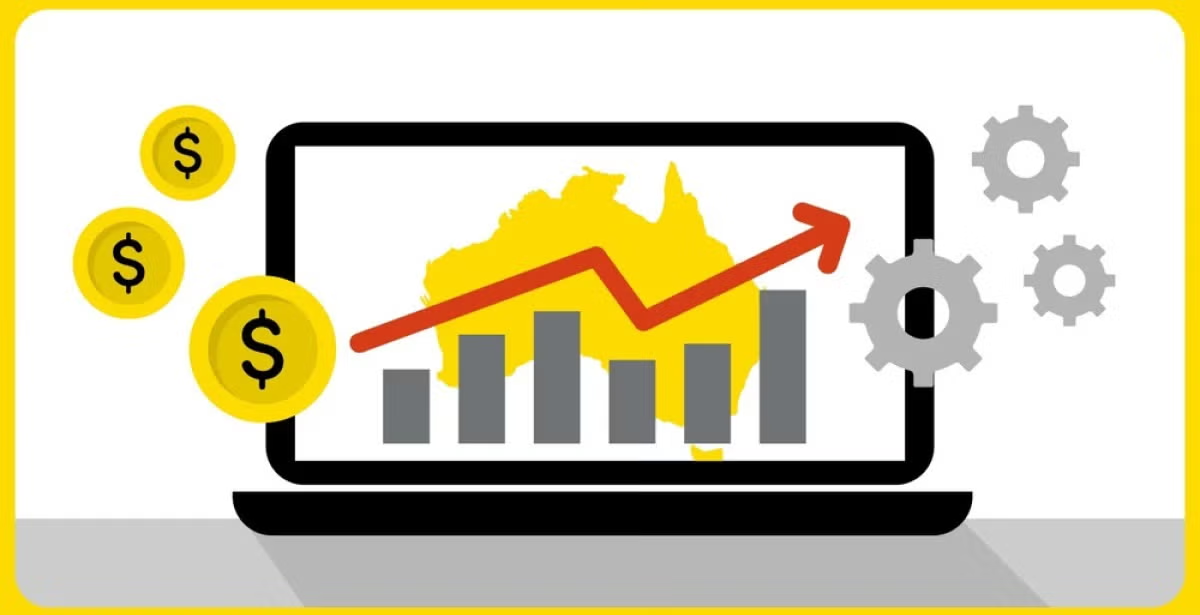Introduction: Understanding the Global Supply Chain Crisis
- Overview of the Global Supply Chain Crisis
- In the wake of the COVID-19 pandemic, global supply chains have faced unprecedented disruptions, impacting industries worldwide. From raw materials to finished products, the entire supply chain system has experienced delays, shortages, and bottlenecks.
- Key drivers of the supply chain crisis include labor shortages, shipping container backlogs, port congestion, rising commodity prices, geopolitical tensions, and supply-demand imbalances.
- The Role of the U.S. and Europe in Global Trade
- As two of the world’s largest economic blocks, the U.S. and Europe play a significant role in global supply chains. Both regions are not only key consumers but also major suppliers of goods and services.
- The question arises whether cooperation between the U.S. and Europe will be enough to address the broader challenges facing global supply chains.
- The Importance of Cooperation
- Both regions must collaborate in policy-making, trade agreements, and technological innovation to effectively address these complex challenges.
- While they have historically maintained strong economic relations, the question remains whether their cooperation can truly resolve global supply chain issues, especially in the face of emerging geopolitical tensions, technological changes, and shifting consumer demands.
Section 1: The Current State of Global Supply Chains
1.1 The Impact of the COVID-19 Pandemic
- Disruption of Global Manufacturing and Trade
- The pandemic revealed vulnerabilities in the global supply chain. Factories closing, shipping delays, labor shortages, and changing consumer demands led to a cascade of disruptions across multiple industries.
- Key Industries Affected
- The technology, automotive, pharmaceutical, and retail sectors were particularly hard-hit by supply chain bottlenecks.
- Shortages of microchips, raw materials, and medical supplies caused major disruptions in production and distribution.
1.2 Supply Chain Issues: Labor, Logistics, and Geopolitics
- Labor Shortages
- Labor shortages due to the pandemic, as well as demographic shifts in developed economies, have worsened supply chain inefficiencies. This has affected sectors such as trucking, shipping, and warehouse operations.
- Logistical Bottlenecks
- Port congestion, backlogs of shipping containers, and the ongoing issues with global shipping infrastructure have led to delays and cost increases.
- Geopolitical Tensions
- U.S.-China trade tensions, Brexit-related disruptions, and rising nationalism have further complicated international supply chains. The U.S. and Europe both face challenges in navigating these tensions.
Section 2: The U.S. and Europe’s Role in Global Supply Chains
2.1 The U.S. as a Central Player in Global Trade
- Major Importer and Exporter
- The U.S. is both a major consumer of goods and a significant exporter. Its large domestic market and global influence make it a key node in the supply chain.
- Technological Leadership and Innovation
- The U.S. leads in technological innovation, which has helped to optimize supply chain operations. From automation and AI to blockchain and advanced analytics, American companies have been at the forefront of supply chain innovation.
2.2 Europe’s Strategic Position in Global Supply Chains
- A Hub of Manufacturing and Trade
- Europe is home to some of the world’s largest economies, with Germany, France, and the U.K. being central players in both manufacturing and trade.
- Regional Integration and Single Market
- The European Union’s single market allows for the free movement of goods, services, and labor, which is a key advantage in mitigating supply chain disruptions.
- Digital and Green Transitions
- Europe is also a leader in sustainable supply chains, promoting green energy, environmental standards, and circular economy principles in trade and logistics.
Section 3: Key Challenges in U.S.-European Cooperation on Global Supply Chain Issues
3.1 Political and Economic Differences
- Diverging Economic Interests
- While the U.S. and Europe have shared interests, such as tackling supply chain disruptions, they often have different economic priorities. The U.S. tends to focus on deregulation and market-driven solutions, while Europe emphasizes regulation and sustainability.
- Trade and Tariff Issues
- Trade policies, tariffs, and regional protectionism complicate cross-border cooperation. The U.S. and Europe must address ongoing trade disagreements (such as those with China) to avoid exacerbating global supply chain challenges.
3.2 Geopolitical Tensions
- U.S.-China Trade Relations
- The ongoing trade war between the U.S. and China has had profound effects on global supply chains, especially in sectors like electronics, manufacturing, and agriculture. Europe has often found itself caught in the middle, needing to balance its relations with both economic superpowers.
- Brexit and Its Aftermath
- The U.K.’s exit from the EU (Brexit) created new barriers for trade within Europe, leading to disruptions in the movement of goods between the U.K. and EU countries.
- Russia-Ukraine War
- The ongoing geopolitical conflict between Russia and Ukraine has worsened energy prices and disrupted global supply chains, especially in food, energy, and raw materials. Europe’s reliance on Russian energy supplies has posed additional challenges.
3.3 Technological and Logistical Barriers
- Fragmented Technology Systems
- While both the U.S. and Europe are advancing in supply chain technology, their systems are often fragmented and lack interoperability. Differences in standards, infrastructure, and data-sharing practices can limit the effectiveness of joint initiatives.
- Infrastructure Challenges
- The U.S. faces aging infrastructure, particularly in ports and roads, which contributes to bottlenecks. Europe, while having a more integrated infrastructure, still faces logistical challenges, particularly in eastern and southern regions.

Section 4: Opportunities for U.S.-European Cooperation
4.1 Joint Policy Initiatives
- Transatlantic Trade and Investment Partnership (TTIP)
- Reviving and enhancing trade agreements like TTIP can help smooth trade relations between the U.S. and Europe, aligning standards, reducing tariffs, and improving cooperation in addressing supply chain issues.
- Coordination on Supply Chain Security
- The U.S. and Europe can collaborate on securing supply chains against cyber threats, natural disasters, and geopolitical risks. This includes creating joint protocols for resilience and emergency response mechanisms.
4.2 Advancements in Technology and Innovation
- Shared Technological Investments
- The U.S. and Europe can combine their resources to invest in next-generation technologies, such as AI, blockchain, and automation, to optimize supply chain management and improve visibility and efficiency.
- Sustainability and Green Supply Chains
- As both regions focus on decarbonization, there is significant potential for cooperation in developing sustainable supply chains, including renewable energy logistics, carbon capture technology, and circular economy practices.
4.3 Strengthening Global Trade Alliances
- Collaboration with Other Key Players
- The U.S. and Europe can work together to bring other regions into the fold, such as Asia and Africa, to create a more resilient and interconnected global supply chain system.
- Engagement with International Organizations
- Both regions can leverage international institutions such as the World Trade Organization (WTO) and the United Nations to create multilateral frameworks for tackling global supply chain issues.
Section 5: The Path Forward: Is Cooperation Enough?
5.1 The Need for Greater Coordination
- Enhanced Collaboration
- For the U.S. and Europe to successfully address supply chain challenges, they must work more closely together, sharing information, aligning policies, and investing in joint solutions.
5.2 The Role of Innovation and Regulation
- Balancing Innovation with Regulation
- While innovation can drive efficiency, strong regulatory frameworks are necessary to ensure that supply chains are secure, sustainable, and resilient to future disruptions.
5.3 Global Supply Chain Resilience
- Building a More Resilient System
- The pandemic has underscored the need for resilience in global supply chains. U.S.-European cooperation, while necessary, must also be part of a larger, more inclusive global approach that addresses risks, encourages diversification, and prioritizes sustainability.
Conclusion: Navigating the Complexities of Global Supply Chain Issues
- The Need for a Unified Approach
- The U.S. and Europe’s cooperation can go a long way in addressing global supply chain issues, but it is not a silver bullet. The two regions must work together, but they must also engage with other global players and tackle long-standing structural issues.
- A Shared Responsibility
- The U.S. and Europe have the resources, innovation, and geopolitical influence to lead global efforts. However, only by overcoming differences and aligning efforts on a global scale can they truly address the multifaceted challenges of modern supply chains.





































